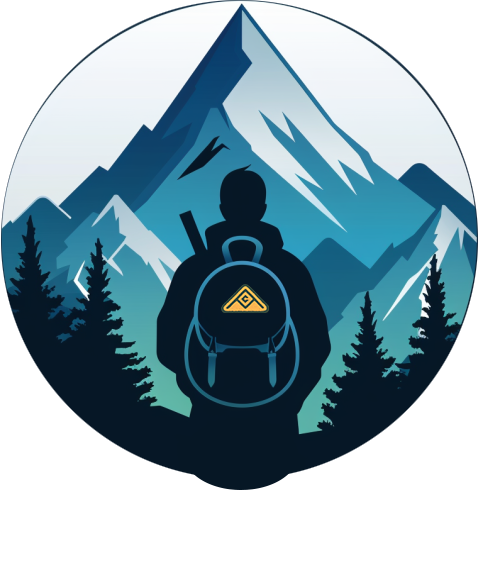The transformation of Portugal's once tranquil seaside village, Nazaré, into a big wave surfing hotspot is a tale of adventure and intrigue. Not long ago, Nazaré was an ordinary fishing town, but it has since become a beacon for surfers chasing the mammoth waves that the local fishermen have always tried to avoid.
The notoriety of Nazaré in the world of big wave surfing is attributed to the formidable Nazaré Canyon. This underwater chasm channels the formidable Atlantic swells into the depths before they concentrate their force on Praia do Norte (North Beach). Nazaré's towering cliffs serve as an amphitheatre for spectators, and its bright red lighthouse atop the Fort of São Miguel Arcanjo offers a stunning perspective of the gargantuan waves. The sight is so captivating that it draws both surfers and non-surfers alike.
In the late 1960s, the surf culture in Nazaré was just beginning to take root. American surfers visited during the calmer summer months to ride the waves breaking along Nazaré's main beach, Praia do Sul (South Beach). Over the years, both Praia do Sul and Praia do Norte became popular spots for bodyboarders. However, the locals, like their fisherman predecessors, avoided the ocean during rough conditions.
Nazaré's awakening as a big wave surfing hub was swift and recent, thanks to Hawaiian big wave surfer Garrett McNamara. In the mid-2000s, a local bodyboarder, Dino Casimiro, informed McNamara about the monstrous waves that hit Praia do Norte every winter. After eventually accepting the invitation to visit, McNamara's arrival in Portugal marked a significant shift in big wave surfing.
Standing on the cliff beside the 16th century Fort of São Miguel Arcanjo, McNamara soon realized that Casimiro's claims were accurate. He witnessed waves reaching heights of 50ft [15m] and above, relentlessly crashing onto the shore. McNamara, who had seen some of the world's biggest waves, revealed, 'I've seen some big waves at Mavericks and Jaws, but I've never really seen bigger waves than I've seen here.'
Nazaré's waves are unique in the world of big wave surfing. Unlike other big wave spots such as Jaws, Mavericks, Shipstern Bluff, and Mullaghmore, where the ocean floor is hard rock or coral reef, Nazaré breaks over sand. McNamara explains, 'It's all sand. You've got a deep canyon, you've got a shelf and you’ve got swells coming across both. When everything comes together, magic happens.'
In 2011, McNamara returned to Portugal and rode an astounding 78ft [24m] wave, earning him a Guinness World Record. Suddenly, both McNamara and the quiet town of Nazaré were in the global spotlight. For surfers like Justine Dupont, Natxo González, Lucas 'Chumbo' Chianca, and Kai Lenny, Nazaré became an essential destination in their pursuit of the world's biggest waves.
Today, the town has capitalized on the fame of its waves, refurbishing the São Miguel Arcanjo and constructing a high-performance training facility for its surfers. Nazaré's most recognized surfers, including Dupont and McNamara, have bought homes and spend every winter there, ensuring they don't miss a single XXL swell.
In the winter of 2016-17, the World Surf League held its first-ever big wave event in Portugal, the Nazare Big Wave Challenge. The event has since become a must-attend competition for the world's best big wave riders, with a roll call of winners that reads like a who's who of the sport.
As the quest for the elusive 100-foot wave continues, Nazaré is attracting not only big wave surfers but also spectators from around the world. They gather on the cliff on every big swell to witness surfers like Lenny and Dupont ride the unimaginably enormous waves. Dupont says, 'One day, there are no limits.'
As we eagerly await the first massive swell of the winter at Nazaré, recent conditions have delivered waves ranging from 20 to 30 feet, resulting in some truly wild sessions as the world waits for what comes next for one of the largest surf breaks in the world.

